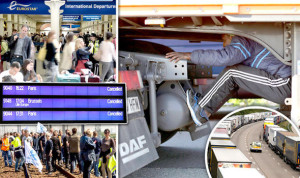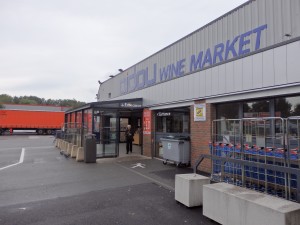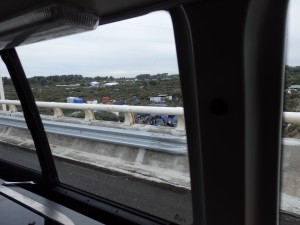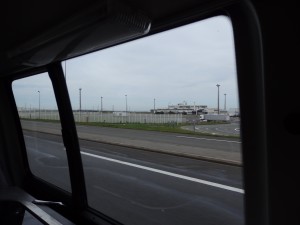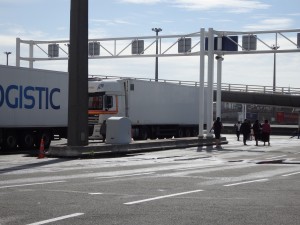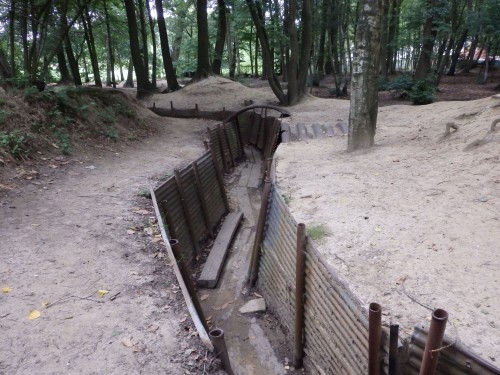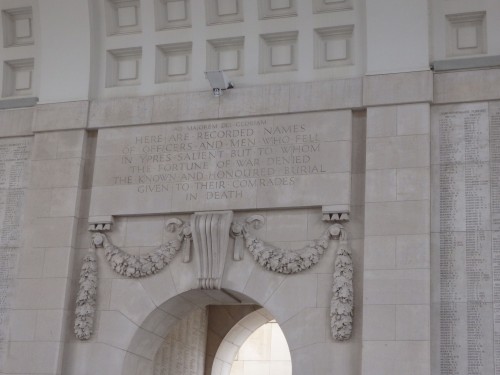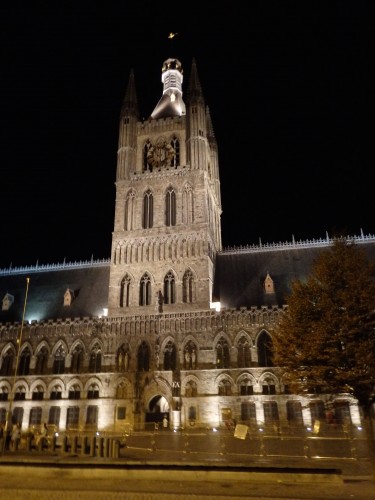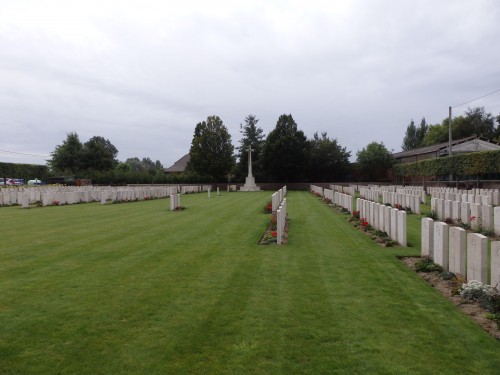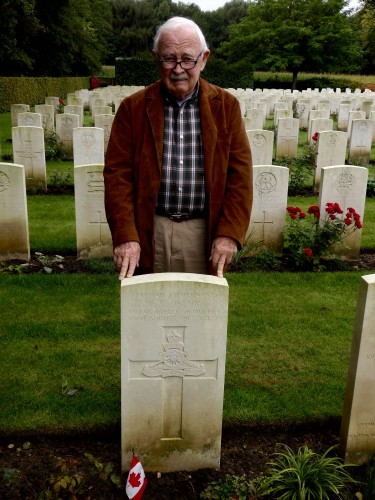Berthold Brecht’s bitterly satiric poem “The Solution” has now and again been quoted here, usually in regard to some towering idiocy on the part of a government given to complaining about a lack of support among citizens for some particular national objective. Note that I specified citizens in the once-commonly-accepted American sense, and not the citizens-as-subjects in the European sense, which seems to imply that the ordinary people of a particular nation are there merely to serve as a kind of sheep to be sheared economically, or as metaphorical cannon-fodder to be marshaled up and flung to the front of whatever national objective that the national ruling class has ruled must be the focus of the effort of the moment.
After the uprising of the 17th of June
The Secretary of the Writers’ Union
Had leaflets distributed in the Stalinallee
Stating that the people
Had forfeited the confidence of the government
And could win it back only
By redoubled efforts. Would it not be easier
In that case for the government
To dissolve the people
And elect another?
Nasty old Commie that he was, he did have a way with words. The irony in this is so thick that I am surprised that it hasn’t coagulated, and dropped all the way through to the center of the earth. And it is only ironic again that Germany’s ruling class (analogous to our very own unholy alliance among elected politicians, the bureaucracy, the intellectual and media elite) appear to have decided to take the opportunity of unrest in the Middle East, to dissolve the people and elect another, welcoming them in with balloons, banners and stuffed toys.
